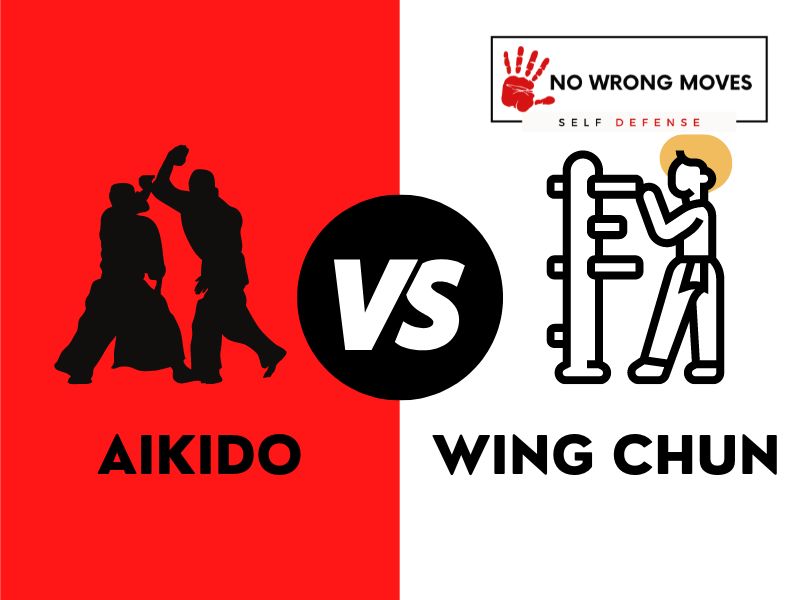
- What We Know About Aikido
- What We Know About Wing Chun
- Key Elements Of Aikido
- Key Elements Of Wing Chun
- Aikido Rankings & Levels
- Wing Chun Rankings & Levels
- Aikido Vs. Wing Chun Attire
- What A Typical Aikido Training Session Looks Like
- What A Typical Wing Chun Training Session Looks Like
- Movies With Aikido And Wing Chun
- Conclusion: Aikido Vs. Wing Chun
Many people in the martial arts community debate whether Aikido or Wing Chun is the better system.
Aikido, developed in Japan by Morihei Ueshiba, focuses on redirecting an opponent's attack and using their momentum against them. It also incorporates principles of non-violence and harmony.
Wing Chun, originating from China, emphasizes striking with quick and efficient movements.
The main difference between Aikido and Wing Chun lies in their approaches to self-defense. Aikido practitioners prefer to defend themselves without causing harm to their attacker, while Wing Chun practitioners focus more on incapacitating their opponent as quickly as possible.
But at the end of it all though, the effectiveness of each system depends on the individual practitioner's skill and ability to adapt to any situation.
Still, I can't leave you without some more comparisons. I want you to have all the information necessary to make your own decision on which system is right for you--which is exactly what we'll be getting into today. Let's dive right in!
What We Know About Aikido
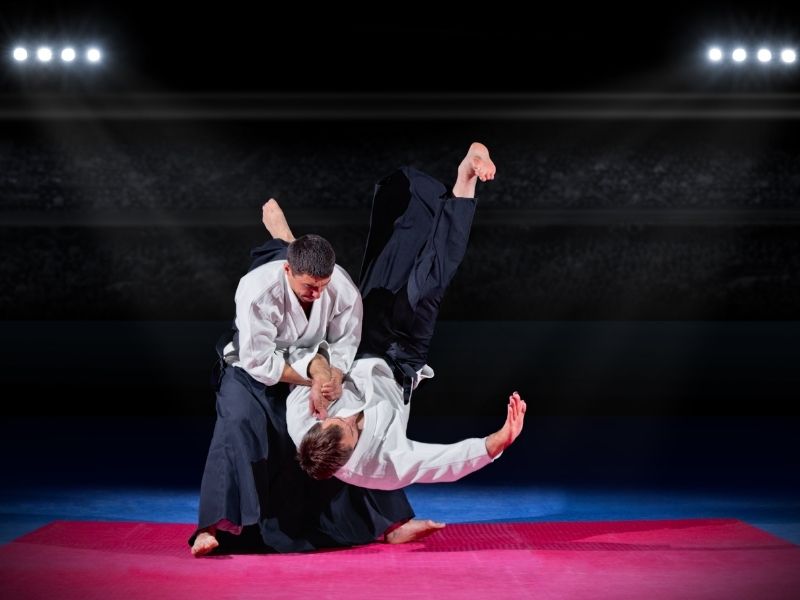
Aikido, the art of peace. Founded over fifty years ago by Master Munehide Uyeshiba who still practiced the discipline beyond the age of due to his love for this style.
It's a style that has been passed down through generations, teaching its practitioners to defend themselves while causing the least harm possible to their attacker.
The main elements of Aikido involve redirecting the energy and force of an attacker, using their own momentum against them while simultaneously controlling and neutralizing the situation. This is achieved through various throws, joint locks, and pins.
Mastering Aikido requires discipline, focus, and a strong connection to the principles of peace and harmony. It is not just an effective form of self defense, but also a way to cultivate inner peace and balance.
As Master Uyeshiba's philosophy states, the essence of Aikido is to harmonize with nature's laws, to seek unity with the universe, and to cultivate a spirit of love.
Practicing Aikido allows us not only to protect ourselves physically, but also mentally and spiritually. It is a path towards self-improvement and enlightenment. That is the true power of Aikido.
What We Know About Wing Chun
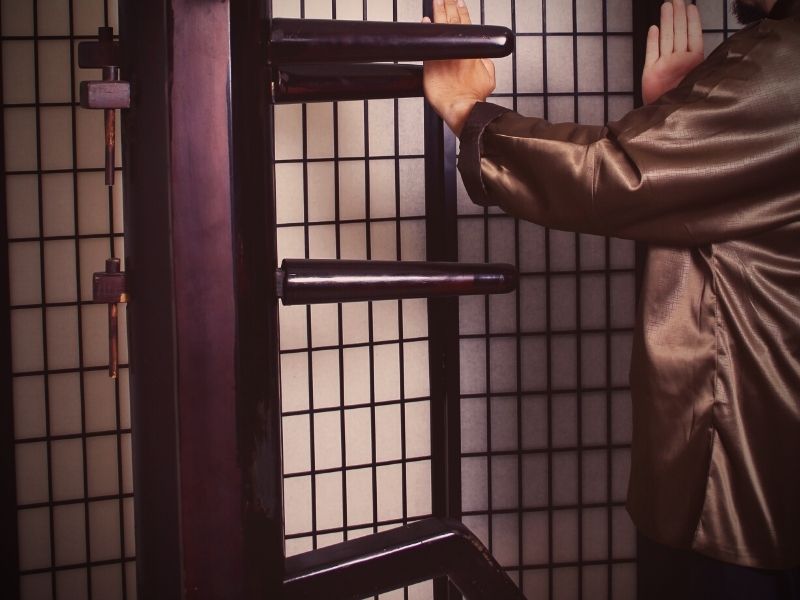
Wing Chun is a Chinese martial art that was developed in the southern Shaolin temple over 300 years ago. Its founder, Ng Mui, was a master of Shaolin Kung Fu and one of the few survivors of the destruction of the temple by the Qing Dynasty.
She passed her knowledge on to her student, Yim Wing Chun, who gave the art its name.
Wing Chun is known for its direct and efficient movements, as well as its close-quarters techniques. The goal is to defeat an opponent quickly and with minimal effort.
The art emphasizes economy of motion and proper structure, which allows a smaller person to defeat a larger opponent. Wing Chun practitioners use both striking and grappling techniques, but the focus is on striking because it is more practical in a self-defense situation.
The most important aspect of Wing Chun is chi sao, or sticking hands. This is a drill in which two partners train their reflexes and sensitivity by pushing against each other's arms.
It is through this drill that Wing Chun practitioners develop their unique ability to feel an opponent's energy and intentions.
Of course, this is only a brief history and understanding of Aikido and Wing Chun, but if you want to go deeper into either art, be sure to check out the following posts:
Now, back to the comparison...
Let's look at the origins of the respective disciplines and then compare the key elements of their practices. You will be able to understand some of their similarities and differences a bit better afterward.
| Aikido | Wing Chun | |
| Origins | Japanese | Southern Chinese |
Key Elements Of Aikido
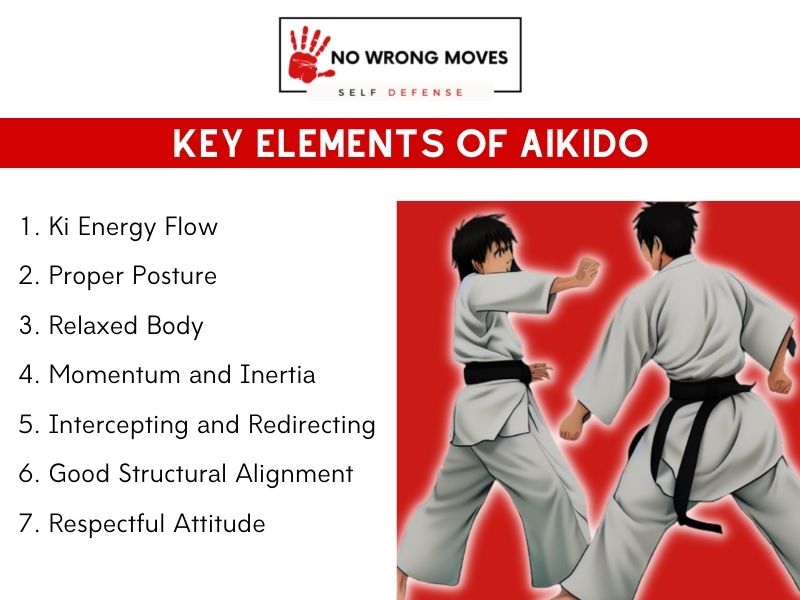
Aikido is a Japanese martial art that focuses on the proper stance and balance of the practitioner. Proper stance and balance are critical components of Aikido, as they provide the foundation for all other techniques.
A stable and balanced stance allows the practitioner to move fluidly and with control, making it easier to perform techniques effectively.
In Aikido, practitioners learn to redirect their opponent's energy rather than using force against them. Redirecting energy is one of the fundamental aspects of Aikido, and it's difficult to separate this idea from the sport itself.
Through properly redirecting an opponent's energy, Aikido practitioners can use their opponent's momentum against them, rather than relying on their own strength.
Apart from physical techniques, Aikido also emphasizes controlling one's emotions. Practitioners learn to remain calm and focused, even in stressful situations.
Aikido also places a strong emphasis on non-violent conflict resolution. The first option in any situation is to find a peaceful resolution, rather than resorting to violence.
Remember that in Aikido, the first option is not violence, and it reflects the overall philosophy of Aikido as a martial art focused on peace and harmony.
Key Elements Of Wing Chun
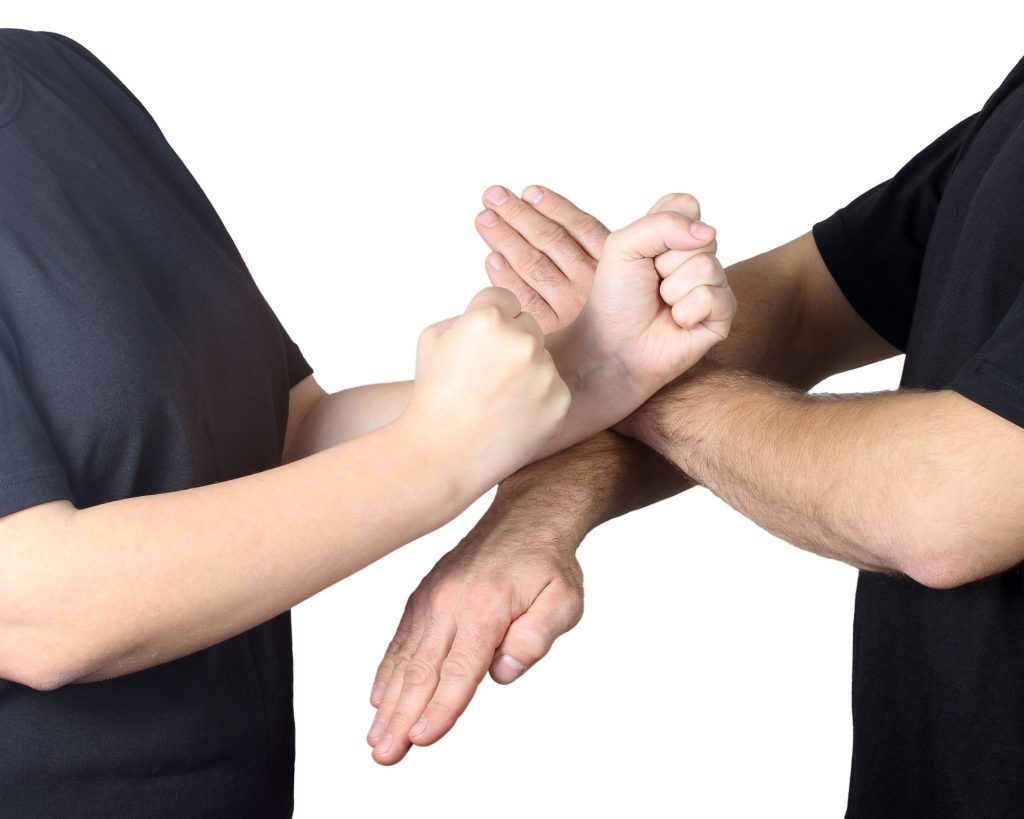
1. Structure: Wing Chun is a structured system that teaches students how to move efficiently and effectively. The system is based on a few simple principles that are taught in a specific order, allowing students to build a foundation of knowledge that they can then use to progress to more advanced techniques.
2. Technique: Wing Chun is a technique-based system that teaches students how to use their body and hands to effectively defend themselves against an attacker. The techniques are simple and easily learned, but can be used in a variety of situations.
3. Speed: Wing Chun is a fast system that teaches students how to move quickly and efficiently. This allows students to defend themselves against an attacker quickly and effectively.
4. Power: Wing Chun is a powerful system that teaches students how to use their body and hands to generate force when attacking or defending themselves. This allows students to be effective against an attacker even if they are smaller or weaker than the attacker.
5. Balance: Wing Chun is a balanced system that teaches students how to maintain their balance both physically and mentally when defending themselves against an attacker. This allows students to stay calm and focused during a confrontation and effectively defend themselves.
6. Precision: Wing Chun is a precise system that teaches students how to target their attacks accurately and effectively. This allows students to strike their opponent’s vital points quickly and effectively, bringing the fight to a quick end.
7. Simplicity: Wing Chun is a simple system that teaches students how to use basic techniques in a variety of situations. This allows students of all ages and experience levels to learn the system and be effective in defending themselves against an attacker.
Another thing I think is important to look at is the different rankings and levels in each art. if you are looking to take up either Aikido or Wing Chun, whether as a hobbyist or to compete, you need to understand the different levels of proficiency and what is required for testing and ranking.
Aikido Rankings & Levels

Aikido is a discipline that has many different levels, each represented by a different colored belt. The first level is white belt, which is for beginner students. Once you have mastered the basics of Aikido, you can move on to the blue belt, which is for intermediate students.
And finally, once you have mastered the art of Aikido, you can become a black belt, which is the highest level.
There are three degrees as a black belt holder: 1st dan, 2nd dan, and 3rd dan black belt. In order to achieve each of these degrees, you must pass a test that proves your mastery of Aikido.
There are also other ranks and colors that exist outside of the traditional ranking system. In some Western Aikido schools, there are more ranks added in between 1st dan and 2nd dan.
These ranks can be any combination of colors, and it allows for students to be promoted at a more gradual pace and helps to distinguish between students of different ranks.
Wing Chun Rankings & Levels

In Wing Chun, there are typically three levels or forms: Siu Nim Tao (little idea form), Chum Kiu (seeking the bridge form), and Biu Jee (thrusting fingers form). Some branches may also include a fourth level called Mook Yan Jong (wooden dummy form).
Each level builds upon the previous one and involves learning new techniques and refining existing skills. Students usually progress through the levels at their own pace with guidance from their instructor.
The highest level in Wing Chun is often considered to be mastery of all forms and techniques, as well as an understanding of the principles behind them.
Aikido Vs. Wing Chun Attire
This section simply compares the clothing and uniforms that practitioners wear in combat.
Aikido Attire:
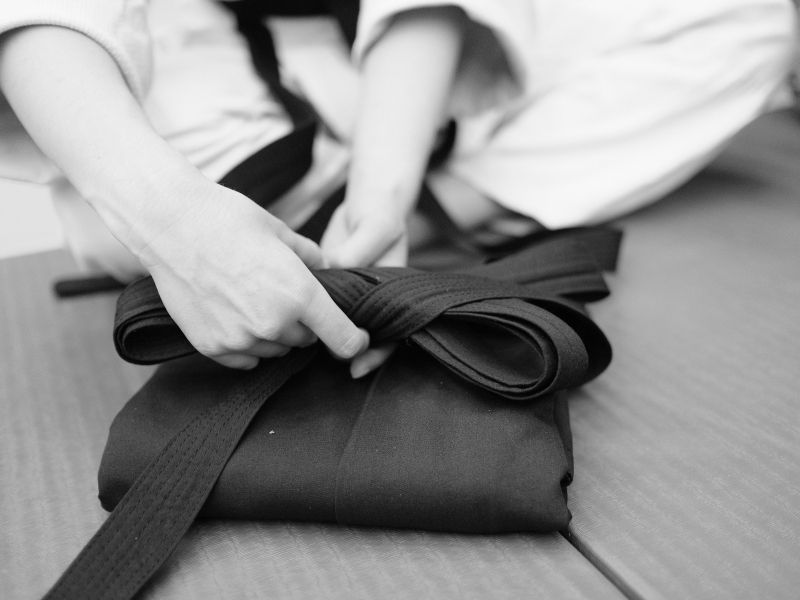
Most aikido practitioners wear a white dogi, or “uniform.” The dogi is a loose-fitting cotton kimono with a belt. In some schools, aikido students also wear hakama, which are pleated trousers that are tied at the waist and fall below the knee.
Male practitioners often don white tabi (socks), while female practitioners often wear white zori (wooden sandals). Some people also choose to practice without any clothes on in order to better feel their body and movements, but this isn't all too common.
Wing Chun Attire:
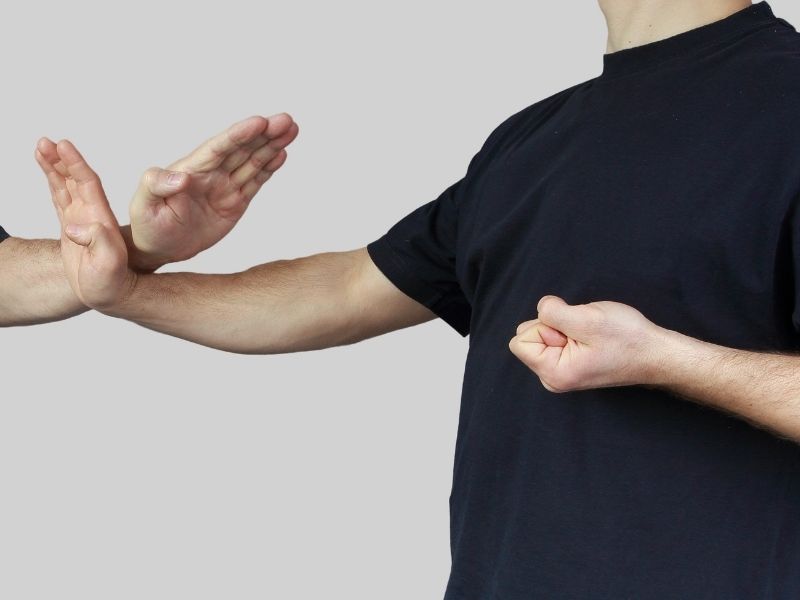
There is no one answer to this question since Wing Chun practitioners can be found wearing all sorts of clothing depending on their country and culture.
But in general, most Wing Chun practitioners wear loose-fitting clothing so they can move easily and freely. This might include pants, a shirt, a jacket, or even just a pair of shorts. Some people might also choose to practice in martial arts uniforms or kung fu outfits.
What A Typical Aikido Training Session Looks Like
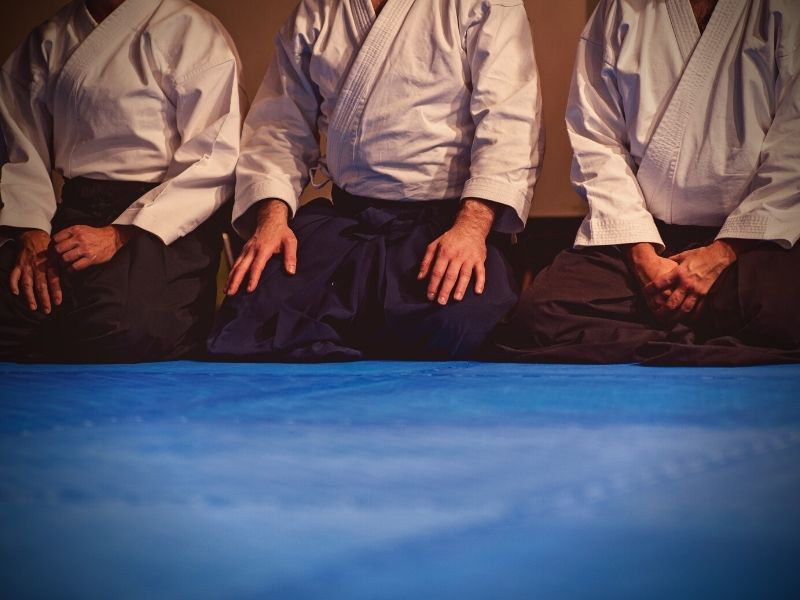
A typical Aikido practice session usually starts with a bow. This is a sign of respect for the dojo, the other students, and the instructor. The etiquette of aikido extends beyond just the bow, though. One must always be respectful, appreciative, and protective of all beings.
This attitude must be carried throughout the entire practice session.
Physical strain, whether during conditioning or in sparring against others, is part and parcel of Aikido. As such, practitioners need to maintain good manners and a positive attitude whenever they're in aikido class.
Aikido teaches you how to handle violence, but it still ultimately strives for peace, so never let your ego get in the way during your training.
Also remember that non-resistance is an essential element of proper aikido technique execution. Intercepting, deflecting, and redirecting an attack utilize the momentum and inertia of the attack.
Note that non-resistance does not mean being passively overpowered by the attack. But if you can avoid physical conflict, then you absolutely should.
It is also always important to maintain good posture and a relaxed body. Good posture includes maintaining your balance and keeping your center of gravity low. This helps you to be more aware of your surroundings and to respond more effectively to any situation.
Maintaining a relaxed body allows you to move more freely and makes it less likely that you will be thrown off balance by an attacker.
Similarly, be sure to focus on your breathing during aikido practice. This helps to calm and focus the mind, allowing for better decision making and execution of techniques.
Next, warm-up exercises are often done, including stretches and rolling or breakfalls (ukemi). These help to prepare the body for physical activity and prevent injury.
Following warm-ups, the instructor will lead the class through various aikido techniques and movements. These often involve practicing with a partner, called uke-nage (uke being the attacker, nage being the defender).
Practice with a spirit of cooperation, not necessarily competition. The goal is to mutually improve each other's technique and understanding of aikido principles, not to overpower or dominate the other person.
The practice session may also include weapons training, using a wooden sword (bokken) and wooden staff (jo). Weapons techniques often involve similar principles to those practiced with empty-handed techniques, but provide another layer of complexity and challenge.
What A Typical Wing Chun Training Session Looks Like
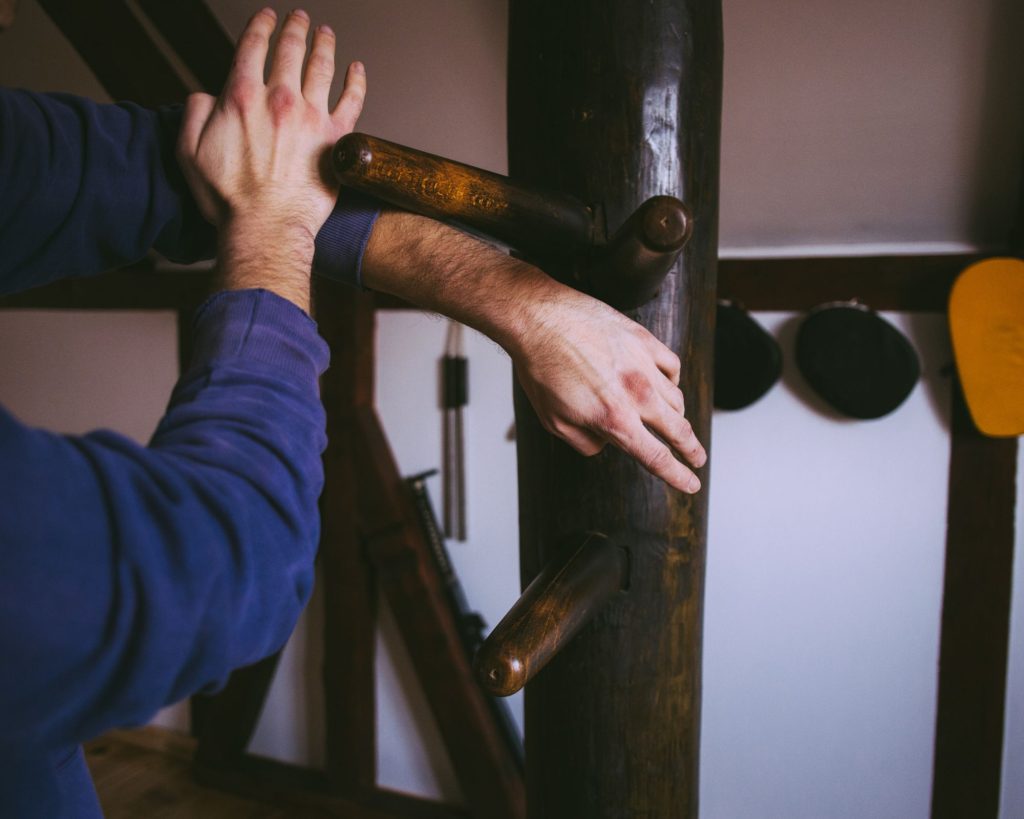
The practice of wing chun is founded on simplicity and efficiency. Each movement in a wing chun practice session is designed to serve a specific purpose, and there is no wasted motion.
The warm-up at the beginning of a session helps to prepare the body for the movements to come, and the footwork drills help the practitioner to develop balance and coordination.
The half-squatting fighting stance is a key position in wing chun, as it allows the practitioner to generate power while remaining rooted to the ground. The punches that follow are designed to train the muscles and hone the reflexes needed to deliver quick, powerful strikes.
By drilling these simple movements over and over again, you as a practitioner will develop powerful skills that you'll be able to readily apply in a real-world situation.
If the last few sections have been a bit full-on or a bit too technical, you will like this next section! Why? Because who doesn't love a good martial arts flick? Both Aikido and Wing Chun have been featured in a number of films and TV shows, so if you want to learn more about them, then entertain yourself with the following 👊
Movies With Aikido And Wing Chun

These are some of the top movies and shows with Aikido in them:
- The Blind Swordsman: Zatoichi (2003)
- The Last Samurai (2003)
- Kill Bill: Vol. 1 (2003) and Kill Bill: Vol. 2 (2004)
- Street Fighter (1994)
- Ong-Bak: The Thai Warrior (2003)
- The Challenge (1982) TV series
Aikido can also be seen in popular shows such as:
- Daredevil (2015) TV series
- Arrow (2012) TV series
- Alias (2001-2006) TV series
- Chuck (2007-2012) TV series
- Xena: Warrior Princess (1995-2001) TV series
These are some of the top movies and shows with Wing Chun in them:
- Ip Man (2008)
- Ip Man 2 (2010)
- Ip Man 3 (2015)
- The Legend Is Born: Ip Man (2010)
- Kung Fu Wing Chun (2011)
- Wing Chun (1994)
- The Blindspot episode of TV show Martial Law (1998)
Conclusion: Aikido Vs. Wing Chun
I hope you now have a deeper understanding of Aikido and Wing Chun. In all truth, it is not about which discipline is "better" as they each have their pros and cons.
If you do plan on starting classes for either, please check out my other related posts, as I have tried my best to answer all the FAQs related to the art.
Feel free to share this post and any graphics you like, and of course, if you have any questions or thoughts, drop them below or shoot me an email, and I will be happy to assist 🙂
[author-box-jpx-fitness]
